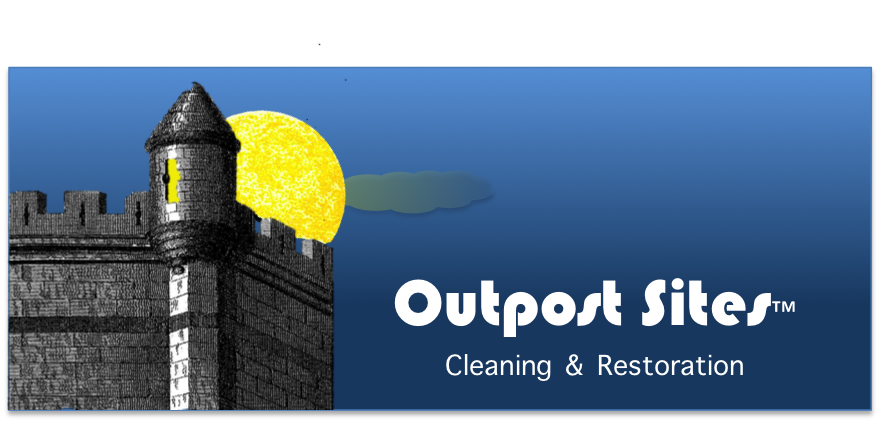|
When Mold Attacks Grout
Your bathtub or shower are prime locations for mold to grow and thrive. After all, mold needs moisture, a relatively dark area, and a food source — all of which can be found almost any bathroom. Mold growth in a home is a concern because of possible health hazards from exposure. If you see mold, it’s best to call a professional restoration company because the root cause may be more serious than you think. Mold under cabinets and in dark areas of a bathroom can be a cause for concern. But mold on grout, especially in a bath or shower, is a task you should be able to handle on your own easily and safely. When mold attacks grout, you need these tips to get the job done right. Scrub brush and detergent solution This is an easy first step. You can use an off-the-shelf bathroom surface cleaning product, or create your own from warm water, a little dish detergent, and some baking soda. The detergent will help clean, and the baking soda will raise the alkalinity which helps clean mold. Apply the solution liberally to the grout and use your scrub brush vigorously and this might do the trick. Rinse and repeat. Grout is tough, scrub away! Bleaching solutions If cleaning doesn’t do the trick, it’s time to get creative and do what the pros do — bleach away discolorations. Remember that bleach alone is not the best cleaning agent. The job of a bleach is to remove color, and the dark stains from mold in grout is just that — color. If you clean thoroughly, then bleaching comes next. You have choices with bleach. The safest to use is hydrogen peroxide, which can be purchased at any grocery store or pharmacy. Pour the peroxide directly on the grout, give it several minutes to work, and scrub and rinse. Let it dry and see how it looks. This might do the trick. Some recommend chlorine bleach, the common household bleach used in laundry. If you use it, be very careful as this is very strong and must be used according to directions and never mixed with other products. The professionals have answers to any of your mold questions. When you see mold, do the right thing. Call your favorite disaster restoration company. After all, it pays to call a pro! Hints from Housekeepers
You pride yourself on your own abilities and skills to keep your home clean and healthy. And while you know what you are doing, who doesn’t appreciate a few tips now and then to make the work easier — and more effective? One source of tips can be professional housekeepers, those who work for maid services… cleaning professionals who spend all day cleaning houses and doing it right. When it comes to the work they do, here are three easy strategies they use each and every day. Start with clutter When faced with a room that might seem a little overwhelming by how much there is to do, tackle big items first. Put things back where they belong, give the room a facelift of sorts and then work on smaller tasks, such as dusting and vacuuming. Think triage, which means doing a preliminary assessment of a situation and determine the order of things to bring it all back to normal. Vacuum heavy traffic areas three times Running a vacuum cleaner over carpet at warp speed is what many do. It’s best to slow down. Move the vacuum slowly over the floor and allow the beater bar to do its job. And for areas that are walked on more often, go over those three times, back and forth. What happens is the beater bar loosens soil on the first pass, then on the second it picks up most of it, and on the third gets the rest. Smart vacuuming means less dust in your home. The same principle can be used for hard floors, but the advantage there is you can see the dust and soil that isn’t as easy to see on carpet. Shine those surfaces Professional cleaners know that simply cleaning a surface sometimes isn’t enough. You want shine, you don’t want to see fingerprints, smears, or smudges. For glass and metal surfaces, after a thorough cleaning, wipe those surfaces with a lint-free cloth and a little rubbing alcohol. This dry (waterless) solvent makes quick work of fingerprints and smudges and gives surfaces a shine you can be proud of. While some tasks are easy, others are not. When you need help, with any cleaning task but especially deep cleaning carpet and furniture and other tough chores, do the right thing. Call your favorite cleaning company. After all, it pays to call a pro! Fear the Storms
The numbers are amazing, and at times they can be scary. When you think of your worst storm fears, tornadoes may come to mind, with some $2.5 million loss per storm as a common occurrence. And then we have hailstorms, with some 5,382 major hailstorms in 2020. Hurricanes in 2018-2019 hit some $136 billion in damages. Are you afraid of lightning? Yearly ground strikes in the United States is close to 200,000,000, with Australia following at almost 150,000,000 and Canada at 18,000,000. Those are amazing, and devastating, numbers. But most often, flooding is the biggest fear. And the price is going up, with some predicting an increase in damage of some 60% in the next 30 years. What’s the point? Storm damage is on the increase, with the average cost of a flooded basement between $15,000 and $20,000, and more, depending on estimates. A flooded house can be devastating to your pocketbook. There is a lot that can happen to your home! And when that happens, what do you need to do? You want to get things back to normal, of course. Here are some tips to do that, according to the experts.
Know your rights, know your coverage, and take care of what matters to you the most. Of course, your favorite restoration company knows all of this. They are on your side. Talk to them and get their help. After all, it pays to call a pro! The Power of Household Products
It’s amazing how many cleaning products you have on hand, that aren’t actually considered traditional “cleaning products”. If you start analyzing what’s in your home, you will find that you have a nice selection of items that can help you keep your house clean and healthy. Recently, we discussed the categories of dish detergents, baking soda, and vinegar as products you can use as part of your cleaning arsenal. Yet we aren’t done. There are more products you have on hand that will prove worthy in the fight against grime! The following three products are probably in your kitchen or bathroom. Salt Here’s a great secret. Salt is an absorbent compound. When you spill something, like coffee, on a carpet or rug, liberally sprinkle salt on it. Yep, that regular Morton’s is fine. It will absorb the liquid; you can see the salt turn from white to the color of the spill. When it is all dry, you can vacuum it all up. You may still need to do more spotting, but the majority of the spill is gone. Rubbing alcohol Sometimes, you need a dry solvent. By “dry” we mean without water. It’s still a liquid but doesn’t have water. Think gasoline. You might have on hand some fingernail polish remover, also known as acetone. While that dry solvent might work great on dry solvent-soluble residues, it might be too aggressive for some surfaces. Instead, rubbing alcohol can be used on surfaces with adhesive residues, oils, tar, grease, anything that will dissolve in a dry solvent. Use rubbing alcohol on a white towel and wipe away those spots and residues. Never pour solvents directly on the surface. Always do a small test in an inconspicuous spot to make sure the surface won’t lose color. Hydrogen peroxide While used for first aid and to stop a skin infection from spreading, it’s also a great, color-safe bleaching agent. When you get blood, vomit, food stains, anything organic-related, on fabrics (carpet, clothing, etc) apply some 3% hydrogen peroxide. The type you buy at your grocery store or pharmacy. Cleaning pros use peroxide but usually a stronger variety. Of course, your favorite cleaning company knows all about these products, and more. They have the right stuff. When you need help, call them. After all, it pays to call a pro! Measuring Moisture After a Flood
When the unthinkable happens and your house suffers from any type of flood, you want to know how extensive the damage is. There is the obvious squishy carpet to tell you part of the story, and the visible standing water such as you might have in a basement. But do you really know how far water has intruded? Water intrusion can go into all types of areas, such as under hard floors, in walls, filling the ductwork, wicking up surfaces and going places not even close to the original flooded area. It can destroy HVAC systems and valuable furnishings and belongings. When that happens, some of the items damaged are discarded and replaced, hopefully by your insurance company. But even when things seem dry, are they? If you don’t take care of all the moisture, you could have a buildup of malodors, musty smells, and even mold growth that can be extremely costly to remediate. If you wait too long and then see a little mold, there can be much more behind the surface that you will have to remediate. All this means it’s important to have the “right stuff” to find moisture. Restoration professionals have the equipment needed to detect and pinpoint moisture. Moisture hunting should never be a guessing game. After there has been a water damage or leak, it is critical to be able to gauge how much moisture remains in walls, floors, and ceilings, and any other affected areas. Bacteria and mold growth is no joking matter. It can even damage the actual structure of your home. Moisture meters help detect this moisture. The pros use different types. One is the pin moisture meter that has two metal probes that penetrate the surface to take a moisture reading. When activated, an electrical current will flow from one pin to the other and measures the resistance. Another type is the pinless moisture meter. These work by an electromagnetic sensor pad put on the surface, and it takes a moisture reading, measuring down as far as 1.5 inches in some cases, depending on the meter. Using a professional restoration company helps with many aspects of repairing a flooded home, one of them with your own stress level. When something as devastating as a flood occurs, it can have a devastating effect on you and your family. Do the right thing when you have water damage. Call your favorite restoration company. After all, it pays to call a pro! Three Cleaning Products You Already Have
When you are cleaning your home, you need cleaning products. While you use some traditional products specific for your cleaning tasks, you may have some others in your home that can do the trick. Here are three that you no doubt have somewhere in the kitchen and can use to keep your home fresh and clean. Dish detergent One of the most famous of all time is Dawn, and you’ve seen the footage about birds in oil spills being cleaned up with this detergent. Water by itself is a great cleaning solution, but it doesn’t work very well on oily soils. You need more power. While Dawn is often mentioned, almost generically, any dish detergent is a grease-cutting tool. A few drops in water gives you a quick, effective cleaning solution for greasy surfaces, such as countertops. You can use a few drops in a bucket as an effective window washing solution if you use a wand and squeegee. There are many uses; a quick Google search shows you dozens of them. Just be sure to wipe away or clean off the detergent residue because that can attract more soil. Baking soda While most put baking soda in the refrigerator or cabinets (with the lid open, of course) for deodorizing purposes, some use it as a scrubbing additive, when you need a little more than elbow grease. It works on toilet bowls, sinks, and all types of surfaces. It’s a two-fold product, for cleaning and also deodorizing. Stinky trash can? A small container of baking soda left inside will help. It works as an odor absorbent, capturing malodors and freshening the air. Try it out! Vinegar Sometimes, an acidic solution is needed for cleaning, such as for nicotine residues or smoke, and for neutralizing some soils. Some use it as a deodorizer. It also cleans out any appliance that runs water through the system, such as coffee makers. Vinegar can remove lime scale, soap scum, and even rust if given enough time. Vinegar may have a strong odor, but it can’t be beat for handling some specific cleaning challenges. Just hold your nose! Of course, your favorite cleaning company knows all about these products, and more. The tricks and hacks that make them the pros. When you need help, call them. After all, it pays to call a pro! |
Would you like to get your own OutPost Site? Cleaning and restoration firms who are MarketingZoo.com members get
|
CleaningOutpost.com Directory of Cleaning & Restoration Businesses is a service offered by MarketingZoo.com
Copyright 2015 Thinkshortcut Publishing, LLC
Copyright 2015 Thinkshortcut Publishing, LLC
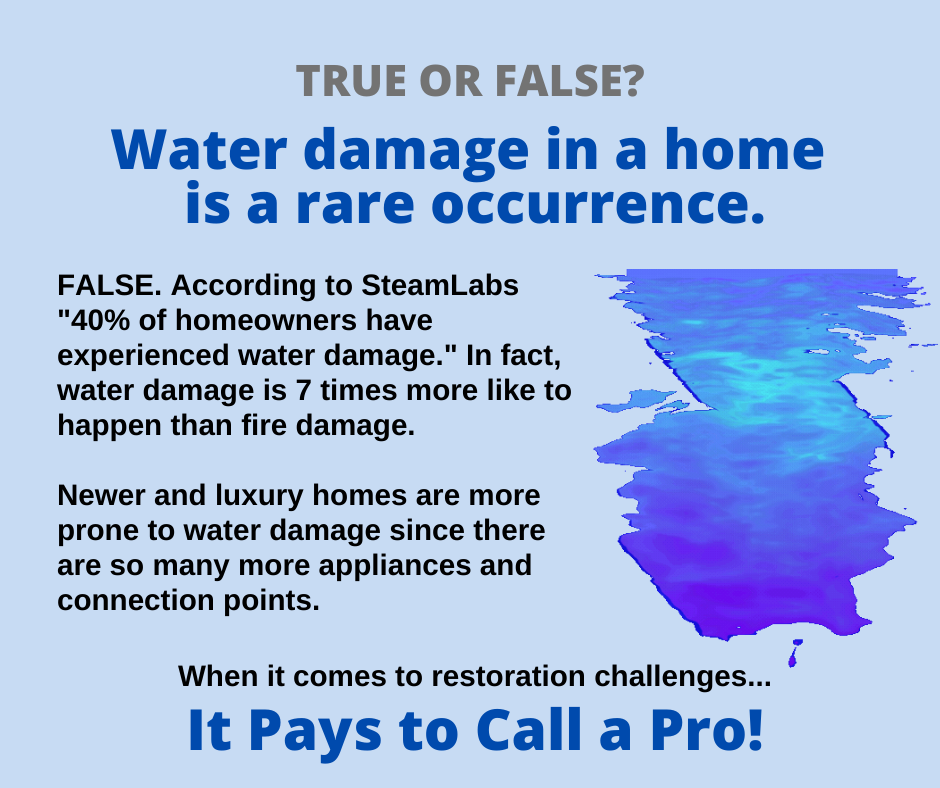
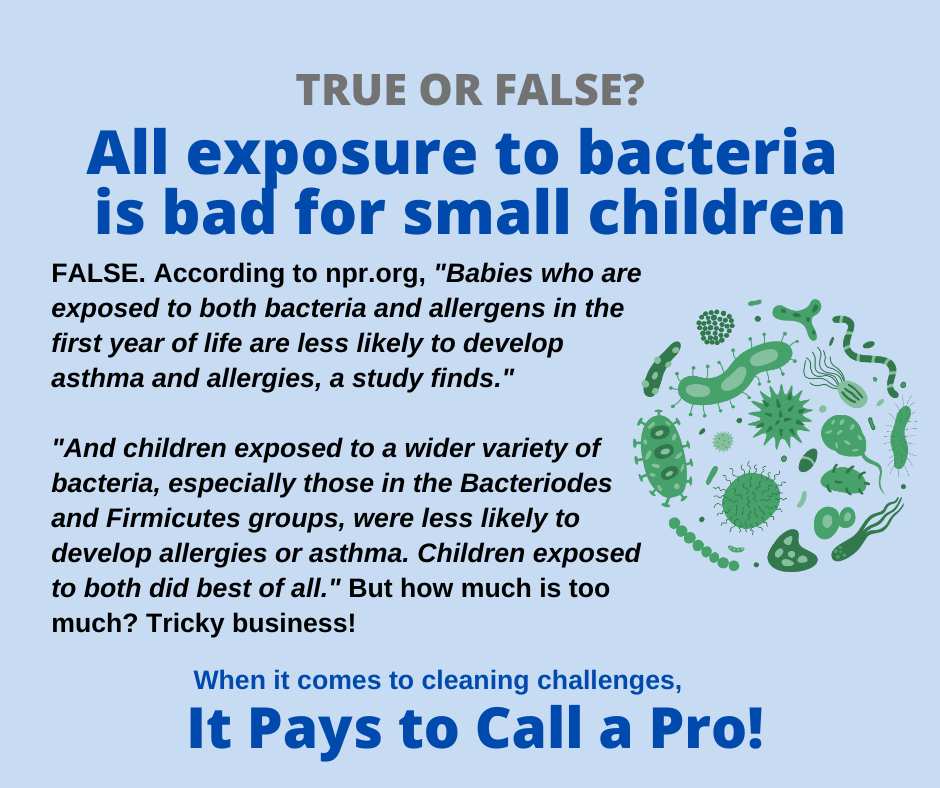
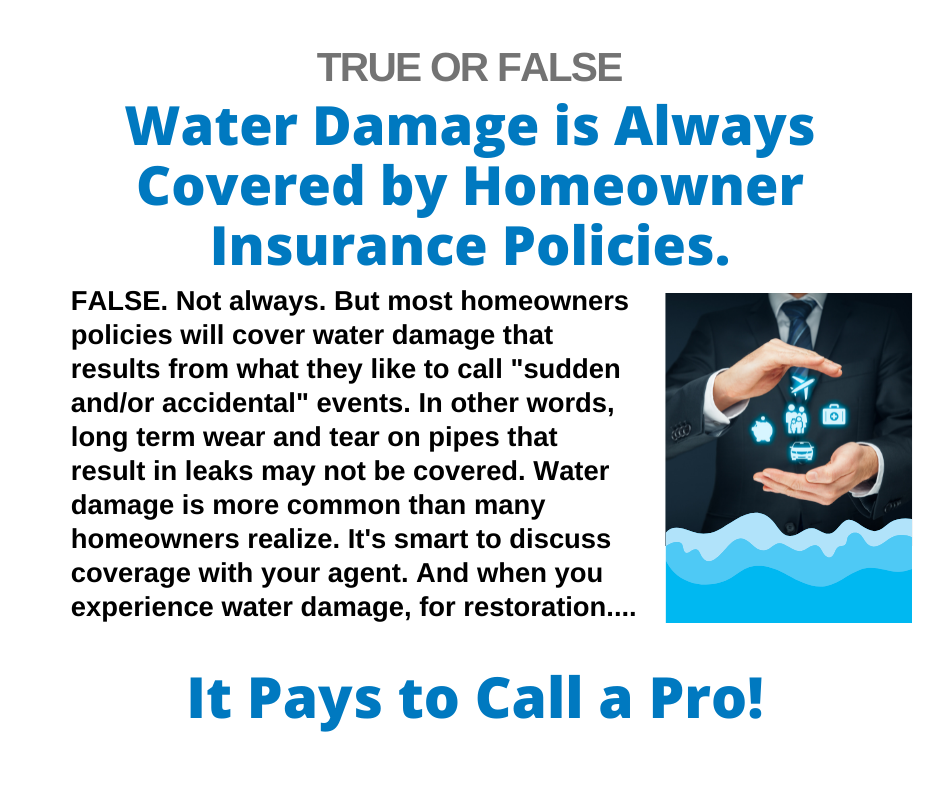
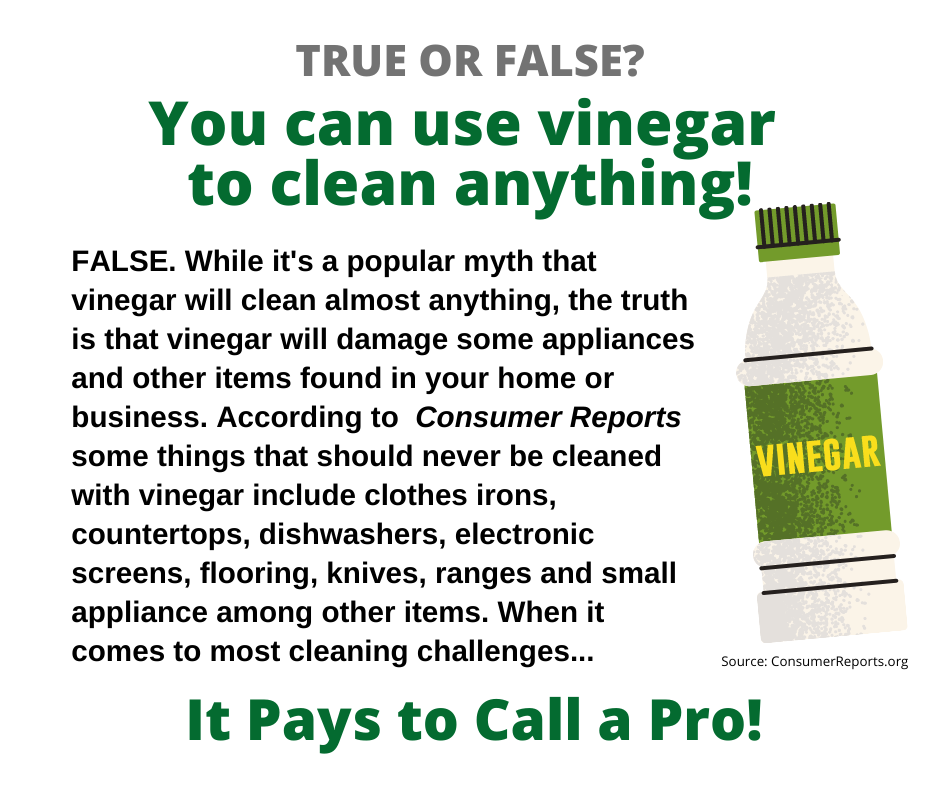
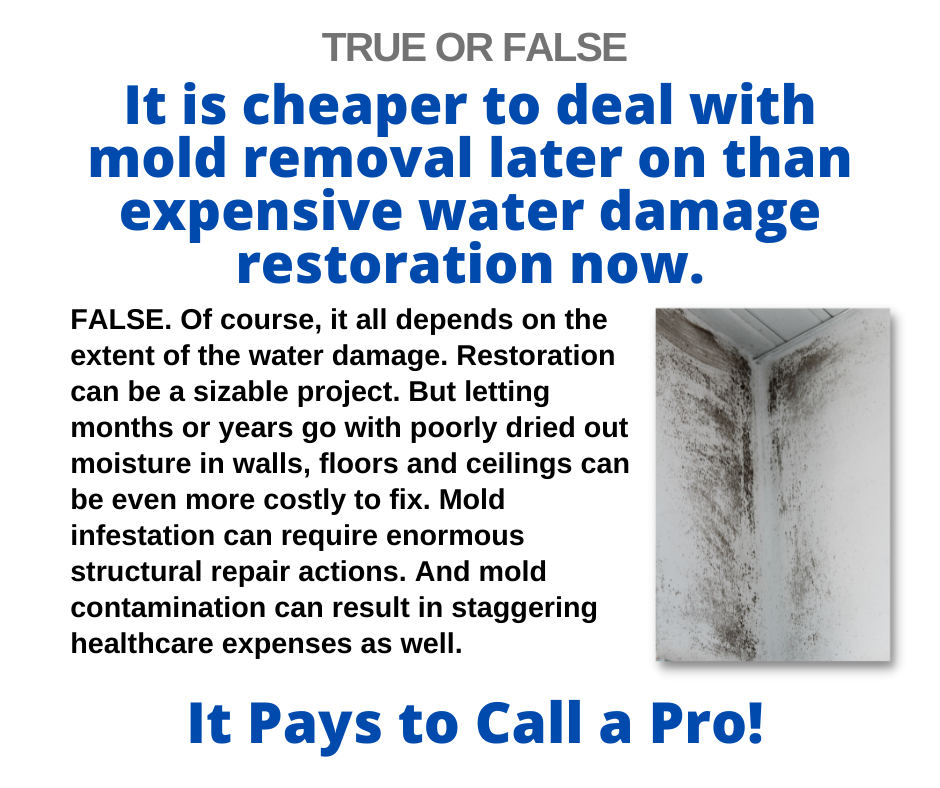
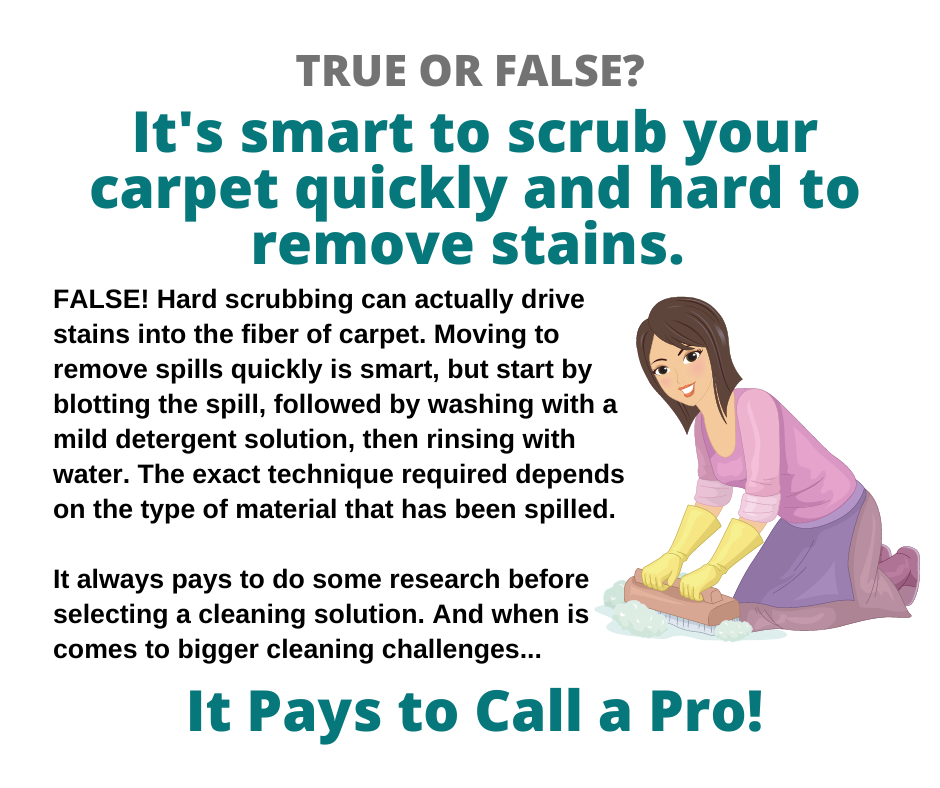
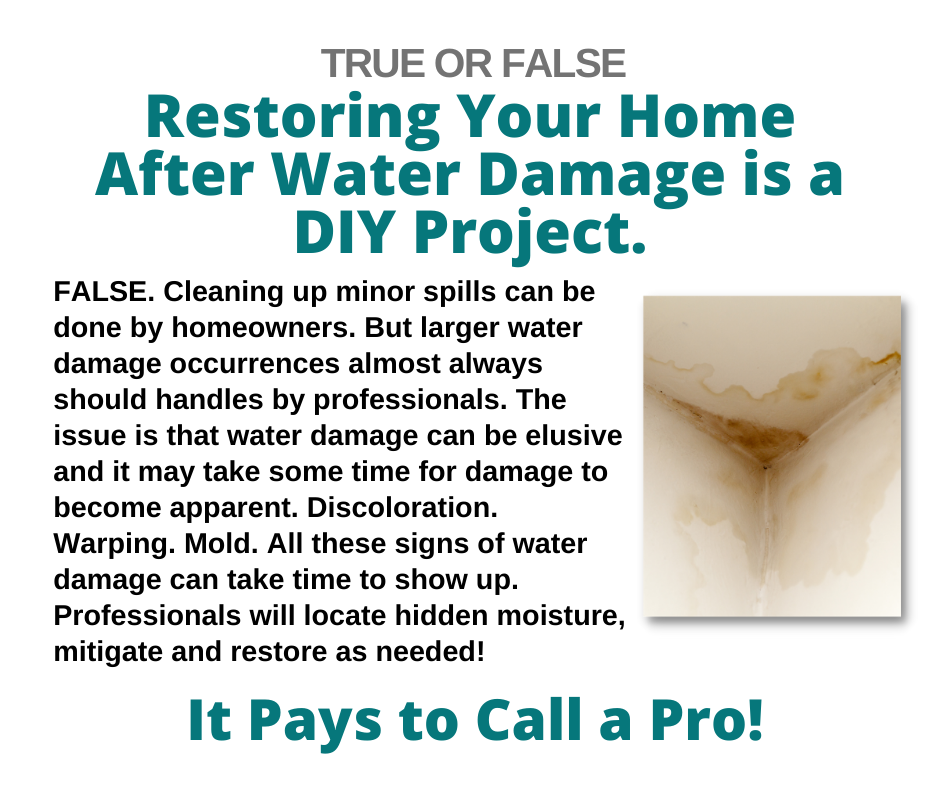
 RSS Feed
RSS Feed
